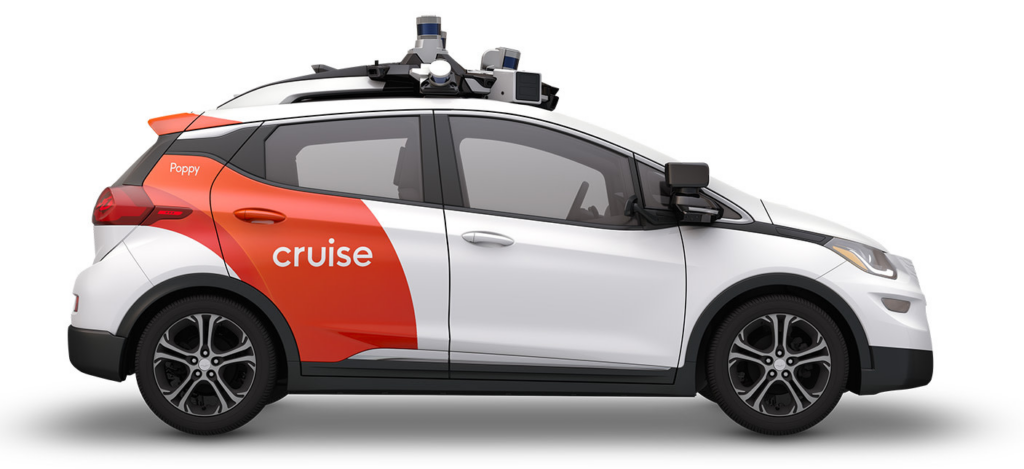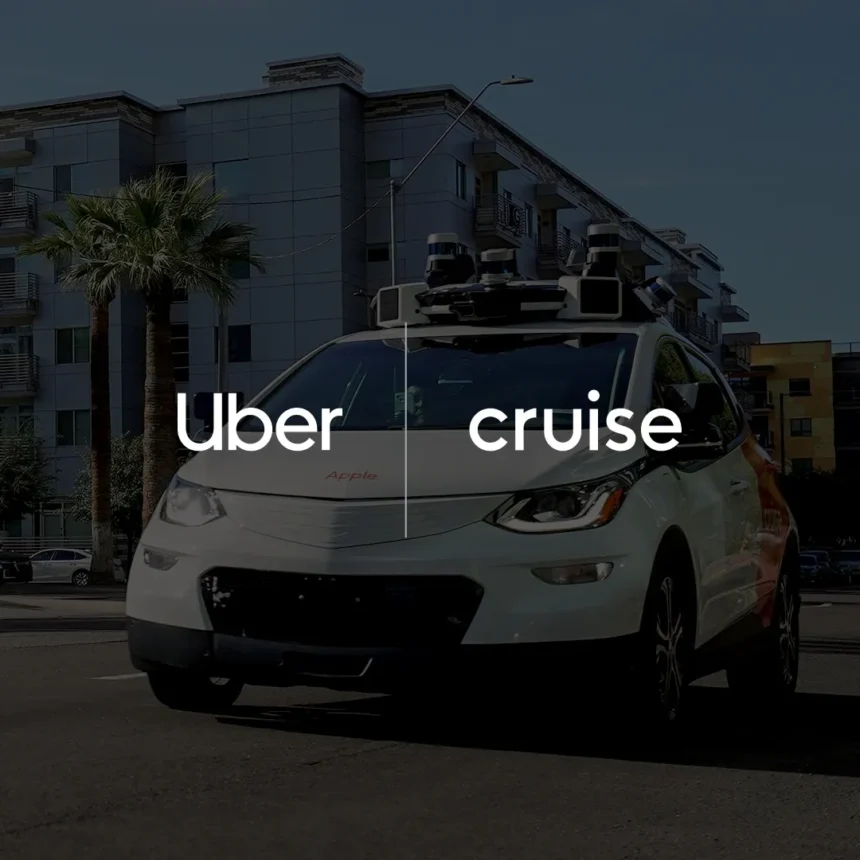Uber and General Motors subsidiary, Cruise, are collaborating to bring Cruise’s Chevy Bolt robotaxis to the Uber platform. This partnership marks a step forward in expanding Uber’s driverless ride offerings. The integration of Cruise’s autonomous vehicles into the Uber app is slated to begin next year, giving users in select locations the option to choose a robotaxi for their ride.
What’s Happening & Why This Matters
Uber has a long history of exploring autonomous vehicle technology, dating back to 2016 when it tested robotaxis in Pittsburgh. The company has since formed various partnerships to advance its driverless ambitions, including a 10-year deal with Hyundai-backed Motional, which resulted in robotaxi operations in Las Vegas. The collaboration with Cruise is expected to last for several years, though the companies have not yet disclosed the specific locations where the service will be available. Uber users will have the choice to opt for a Cruise robotaxi, or stick with a human driver if they prefer.

Cruise’s track record with autonomous vehicles has been mixed. The company faced setbacks after a series of crashes involving its robotaxis, leading to the temporary suspension of its self-driving car permits in California. However, Cruise resumed operations earlier this year in several cities, including Phoenix, Dallas, and Houston, albeit with human drivers behind the wheel initially.
This partnership comes at a time when the robotaxi industry is grappling with safety concerns and regulatory challenges. Incidents involving autonomous vehicles from companies like Waymo and Amazon’s Zoox have highlighted the potential risks of deploying driverless cars on public roads. Despite these challenges, the demand for autonomous technology continues to grow, driven by the potential for increased safety and efficiency in transportation.
TF Summary: What’s Next
As Uber and Cruise prepare to roll out their driverless ride service next year, the focus will be on ensuring the safety and reliability of the technology. The companies will need to navigate regulatory hurdles and address public concerns about the risks associated with autonomous vehicles. The success of this partnership could pave the way for wider adoption of robotaxis in the U.S., potentially transforming the future of urban transportation.


